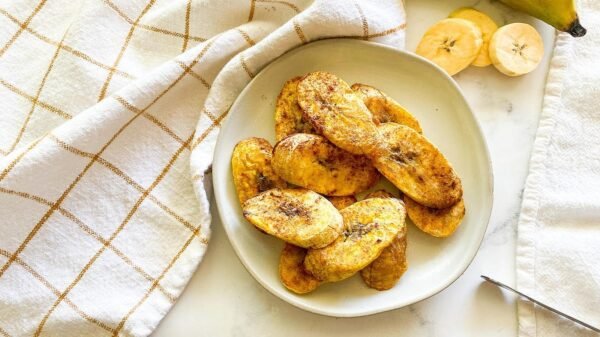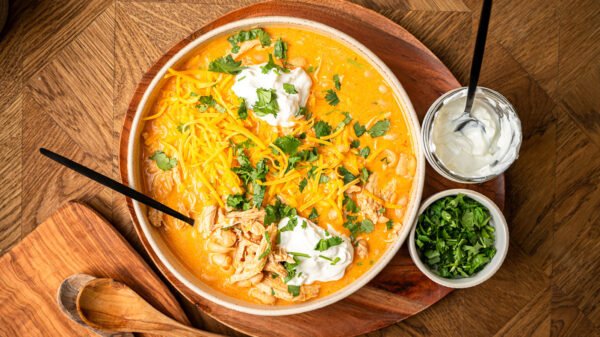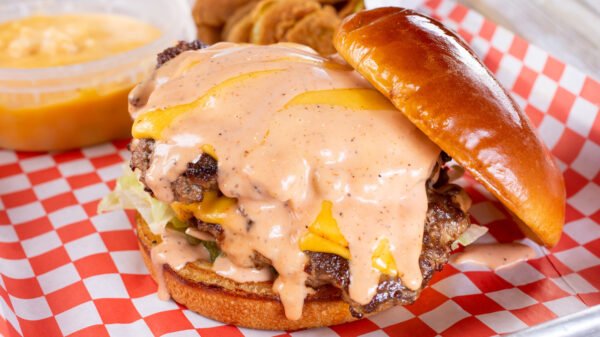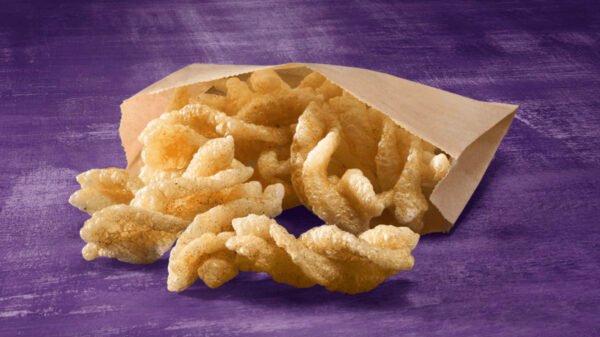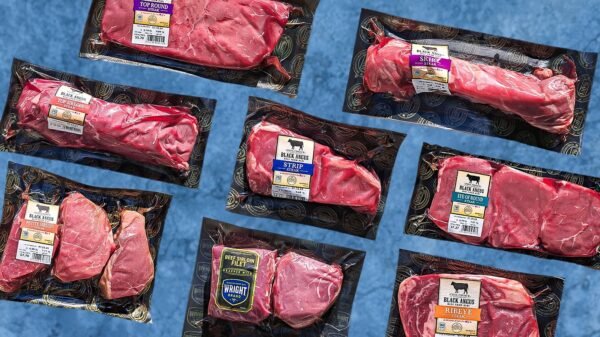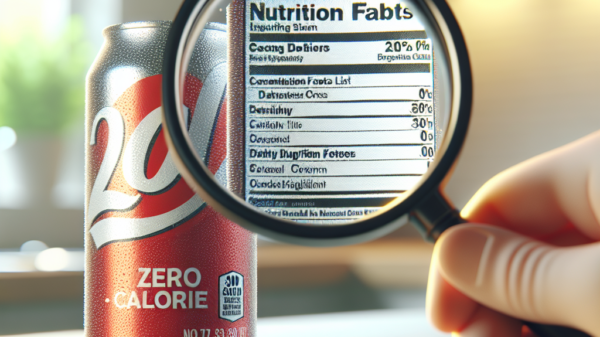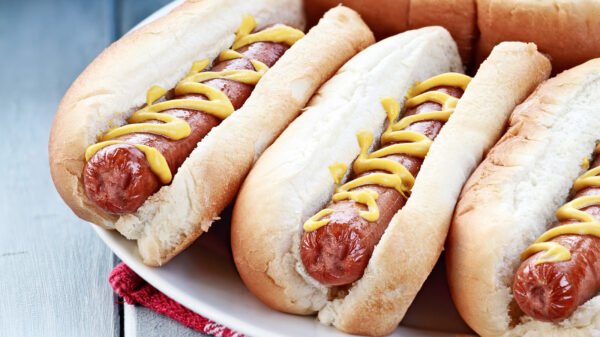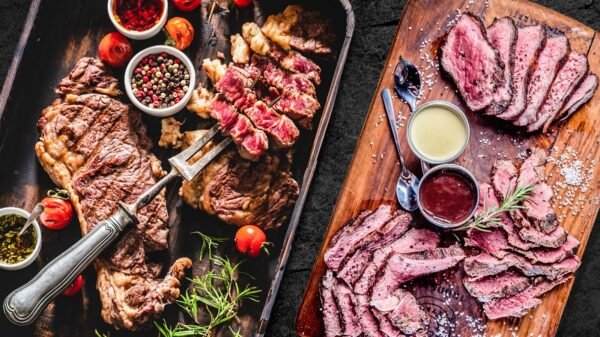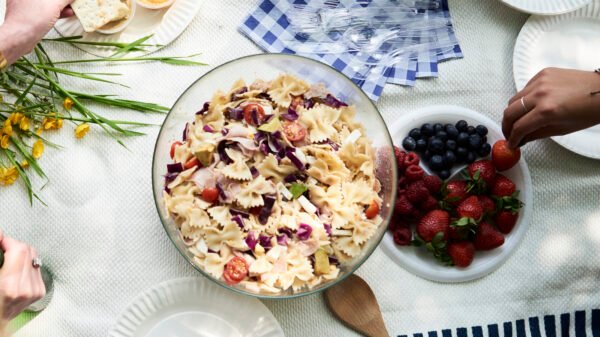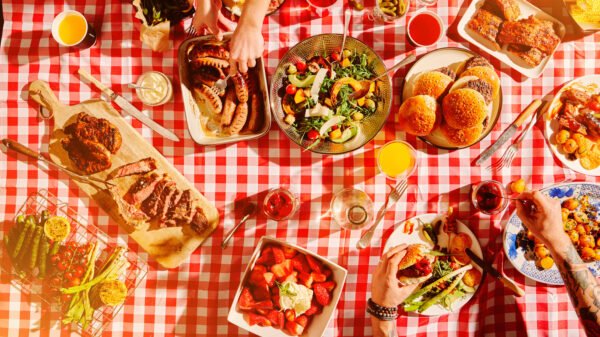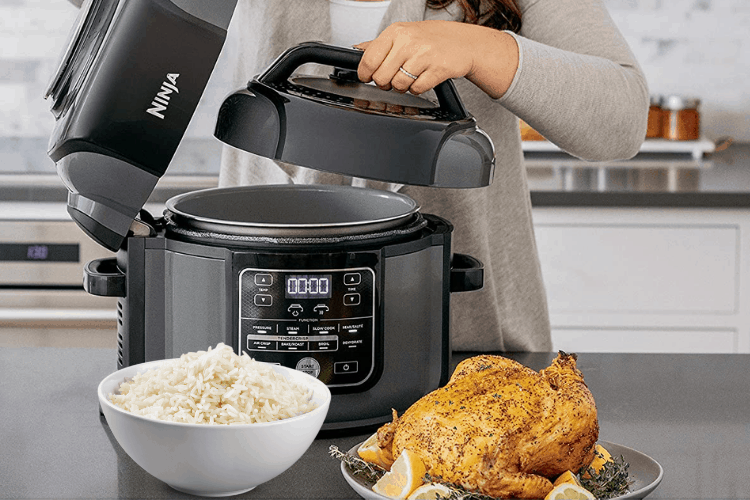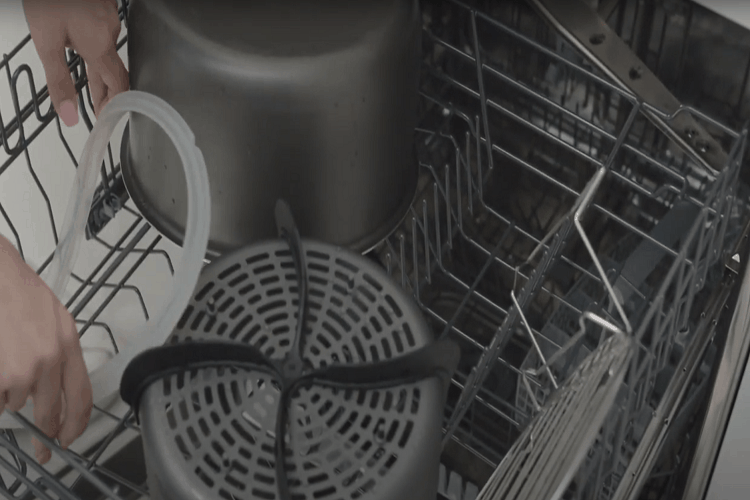Even if you are not a professional chef and only ever cook in the comfort of your own home, everyone should own at least one set of professional-grade kitchen knives.
To achieve the highest level of precision and expertise, chefs are required to use the best instruments they can find.
Some knives can be used for anything from dicing and slicing to paring and carving.
If you just cook on occasion, you probably won’t require more than a paring knife and a chef’s knife at most.
On the other hand, if you enjoy cooking daily and trying out new recipes, you will benefit more from having access to a wider selection of professional knives in your kitchen.
The amount and kind of cooking you do, as well as the methods and skills you require from a blade, are the main factors that determine the kinds of kitchen knives you should have in your collection.
If you don’t even know where to begin when it comes to choosing the right kitchen knives, then you have come to the right place.
In this article, we will go in-depth on the type of knives and what each of these can be used for.
Keep reading to find out how to use professional kitchen knives.
Amazon Best-Selling Kitchen Knife Sets
Chef Knife

A long, broad blade with a straight edge is characteristic of a chef knife, which is sometimes referred to as a cook’s knife (see also ‘What Knives Does Guy Fieri Use?‘).
It is broadest towards the back of the heel and gradually narrows into a point at the very end.
The curved blade of a chef knife makes it possible for the knife to rock back and forth on a chopping board, which makes it the ideal instrument for cutting and dicing a large number of vegetables all at once.
Because of the large heel area, it can withstand more pressure during heavy-duty chopping tasks, which makes it excellent for cutting vegetables that are thicker or more difficult to slice, such as potatoes, onions, or parsnips.
A chef’s knife (see also ‘Best Chef Knife Under $100‘) is one of the most versatile blades in the kitchen and is ideal for the slicing and chopping chores that are performed daily.
It is a fantastic all-rounder.
Utility Knife

The form of a utility knife is similar to that of a chef’s knife, but it is more compact and has a thinner blade.
Some utility knives feature a sharp tip that tapers up towards the spine, which enables the user to perform more complicated work than is possible with a standard knife.
When it comes to slicing smaller fruits and veggies, such as shallots, a utility knife is your best bet.
Even though it has many of the same characteristics as a chef’s knife, a utility knife is often a better choice for working with smaller food items since it enables more accurate cutting operations.
This makes it a handy instrument.
Because of this, you should reach for a utility knife rather than a chef’s knife in situations in which your cook’s knife is unsuitable for the task at hand.
Paring Knife

A paring knife has a blade that is short, thin, and uniform in size, and it has a pointed tip.
It is often light, which allows for simple handling even when you are finely chopping.
The little but formidable paring knife is used to cut and slice fruits and vegetables, but it may also be used for several other jobs in the kitchen.
Paring knives come in a variety of shapes and sizes.
Despite their little size, paring knives are more than capable of handling tougher items, such as potatoes, while still being maneuverable enough to complete more intricate tasks, such as trimming, peeling, and removing seeds from veggies and fruits.
Bread Knife

The blade of a bread knife is long and uniform in width, and it has a saw-like serrated edge throughout its entire length.
This particular type of knife is intended for usage on more delicate foods.
Because of its lengthy blade and razor-sharp serrated edge, a bread knife is the ideal cutting implement for slicing through a wide variety of bread, including crusty bread, bagels, bread rolls, and baguettes, among others.
The grooved edge enables the chef to cut through softer textures without crushing them and causing them to lose their original form.
Cakes with soft, fluffy textures may also be sliced with bread knives since these blades can cut through these types of cakes without deflating the sponge or distorting the overall form of the cake.
If you don’t have a cake leveler in your kitchen, you can also use a bread knife to smooth out the tops of your baked sponge cakes and make them uniform in height.
Carving Knife

Carving knives are long, thin, and pointy. Carving knives are the longest kitchen knives.
Its modest width creates cleaner, more uniform slices by reducing food drag.
A carving knife is great for cutting chicken, hog, lamb, or cattle because it makes thin, precise slices.
It may also be used to slice bigger fruits and vegetables, such as melons or courgettes.
Long, thin blades are also good for cutting cakes because they create beautiful slices in one smooth stroke.
Cleaver

Cleavers feature a rectangular blade. Sizes vary by use so you can get one to suit your needs.
They’re one of the broadest, heaviest knives and occasionally have a hole near the spine for hanging.
A cleaver is used to cut raw meat during butchery or before cooking.
The broad, weighty shape makes it one of the best knives for raw meat processing.
Due to its size, this knife is usually exclusively used on raw meat (see also ‘Best Knife For Cutting Meat‘).
The wide, flat, hefty surface of cleavers can also be used to smash garlic or ginger if you need the help though.
Boning Knife

A boning knife has a thin, sharp blade that tapers to a point. It’s short (about 6 inches) and hard, however flexible blades are available for delicate meat.
A boning knife is useful for chopping meat bones and cartilage before cooking.
The sharp tip and narrow blade are perfect for cutting around bones without damaging the skin.
The stiff blade can cut cartilage. When deboning hog or beef, a firmer knife is better than a flexible one.
Light, maneuverable boning knives are pleasant and easy to use.
Fillet Knife

Filleting knives have long, flexible blades. It features a sharp edge and delicate tip for piercing skin and removing bone.
The slender, flexible blade resembles a boning knife.
The thin, flexible blade removes bones without hurting fish flesh.
This allows chefs to cut around the backbone of the entire fish to generate precise fillets. Filleting knives are fantastic if you want to explore different fish dishes.
Salmon Knife

Salmon knives feature a long, flexible, double-edged blade for filleting bigger fish.
Salmon knives are thin and sharp for precision filleting and skin removal, and many include indentations along the blade.
A salmon knife slices, fillets, and peels salmon. They’re thin enough to fit between the fish’s skin and flesh without hurting it, allowing the chef to make clean fillets.
They save waste by creating exact fillets.
Salmon knives sometimes contain dimpling or indentations on the blade to minimize drag and prevent raw fish from sticking.
Summary
These are just a few of the many knives that you can find in a professional kitchen, and as you can see they all work best with different meats or foods.
If you want to take your cooking up a notch then get a few of these knives.


